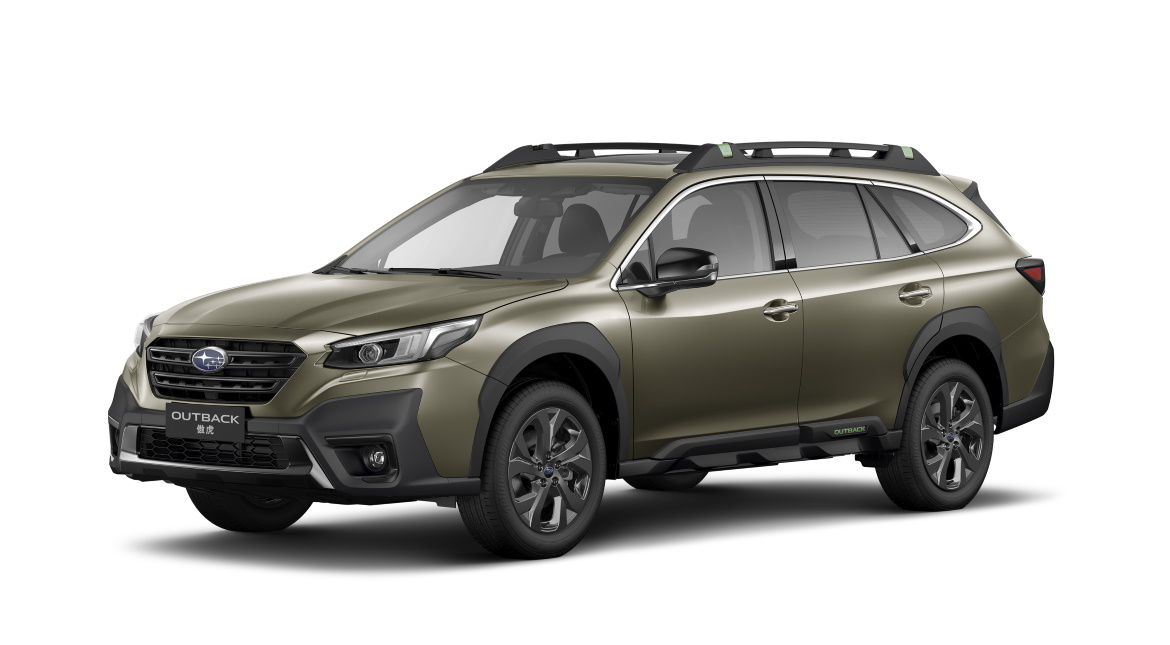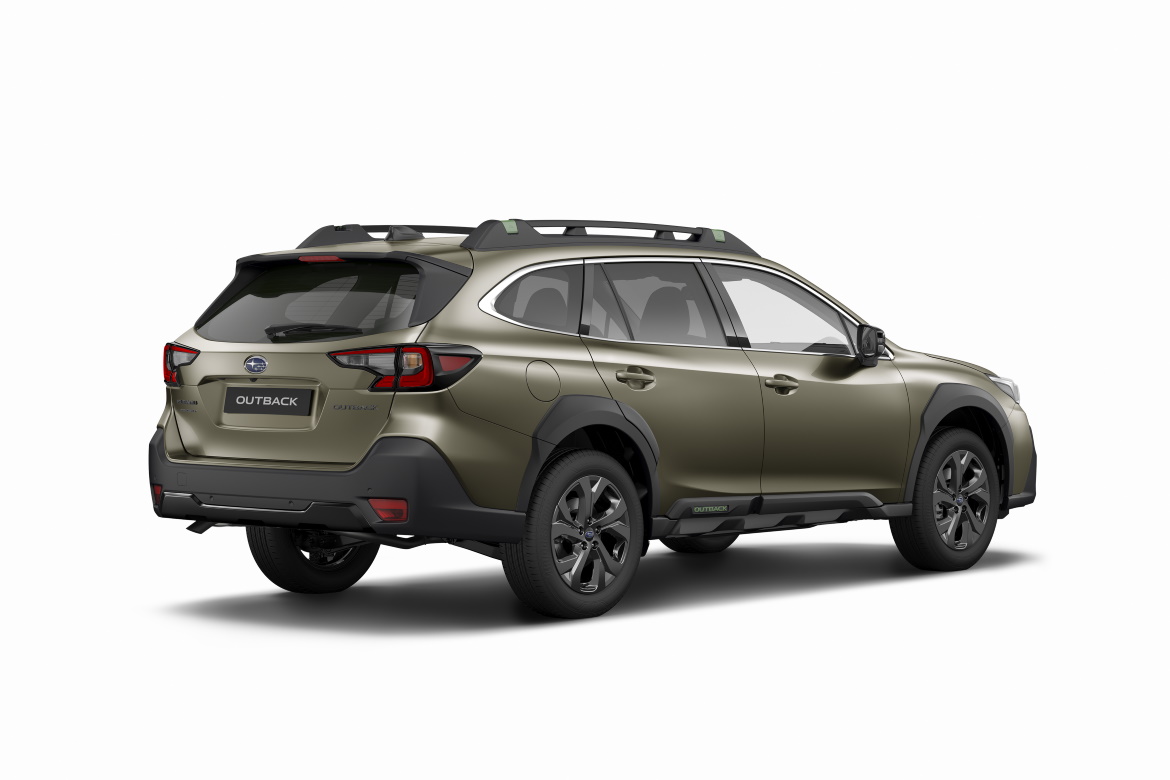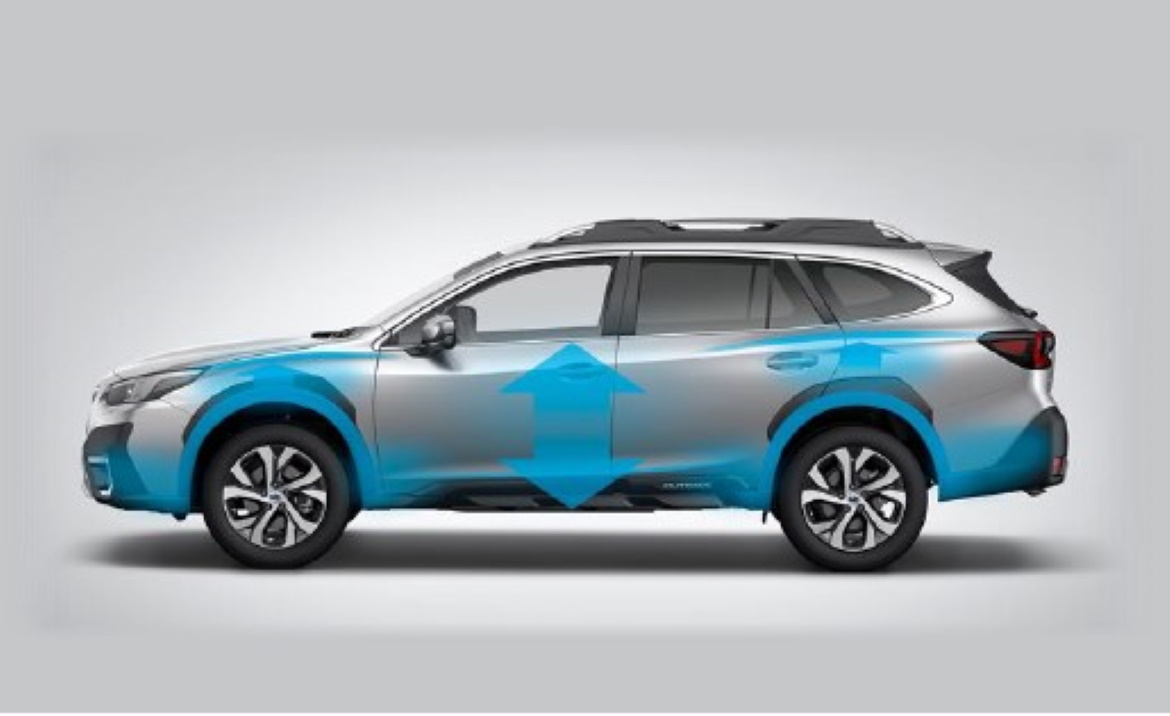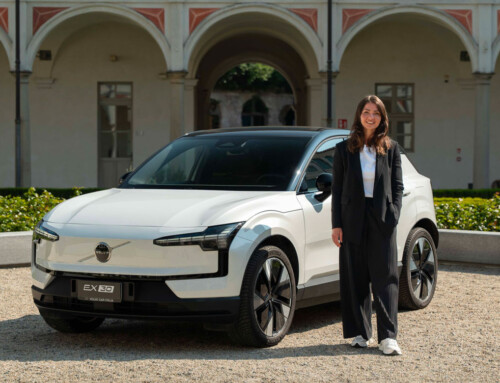From the simple, so to speak, “raised” version of the Legacy to the autonomous model with the distinctive personality that is, today, for all intents and purposes the flagship of Subaru, the Outback has undertaken a constant journey of growth, including in its image. The progenitor, in 1995, of the cross-country category – a little bit station wagon, a little bit off-road – it now attempts to highlight both those aspects: the “outdoor” one and the “touring” one, with the sixth generation.
It does so with aesthetics that are reinforced, above all, in the lower part, with the accentuated verticality but also a greater use of three-dimensional elements along the sides and in the lower protections (including the wheel arches) and at the base of the roof rails that become luggage bars. The revision of the design is thorough, beginning from that of the previous generation, which, according to Subaru, was the first to migrate towards a truly European taste – although the road was really opened by the third generation, in 2003, with the polished and “German” shapes.
On the new Outback, which is a few centimetres’ longer, the waistline rises in a more decisive, though gradual, manner, without broken profiles; the tail lights are higher, while the black aerodynamic fittings on the sides of the rear window create an effect of greater verticality. In the interiors, the upper part of the dashboard connects to the waistline while the lower part, where the big vertical touch display is fitted, reassumes the front-end motif of the grille. The wide surface of the armrests ideally recalls, instead, the solidity of the lower part of the bodywork.















